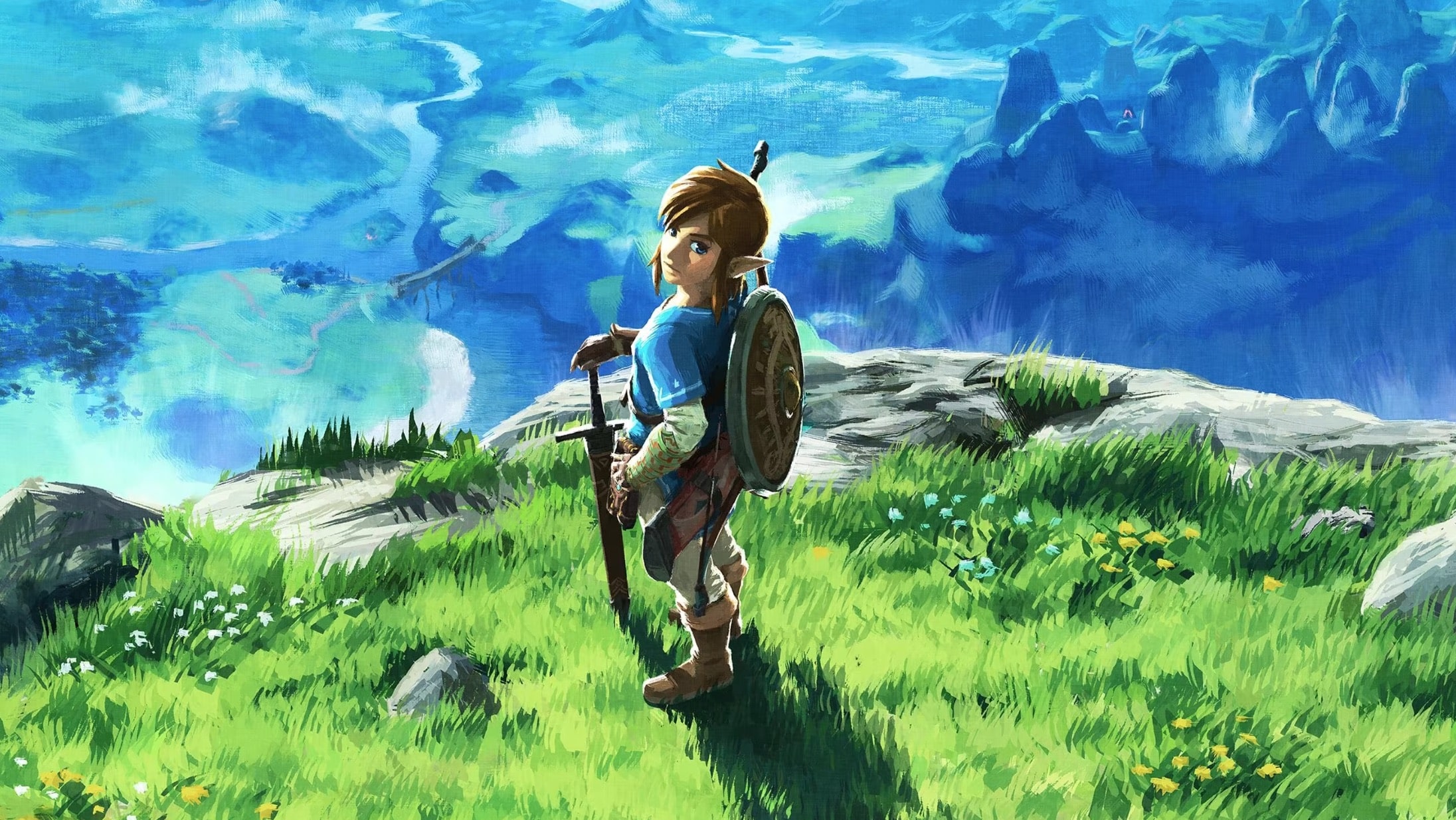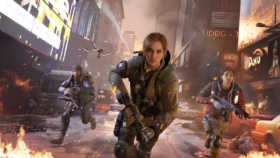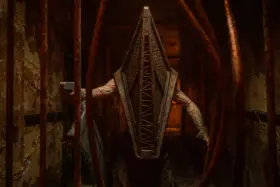There’s a strange kind of silence that hits when you step out into Hyrule for the first time on The Legend of Zelda: Breath of the Wild. No dramatic cutscene. No booming score. Just wind. Space. Possibility. And for many players, that moment redefined what open-world games could be.
Revisiting the second Zelda instalment on the Switch today, especially with improved performance on the Switch 2, feels like rereading your favorite novel after a few years. You notice more. You move slower. You appreciate the structure – and the freedom – more than ever.
This isn’t a review that’s trying to tell you something you don’t already know. This is about reminding ourselves why this game became a cultural benchmark. And why, even now, after countless imitators, it still stands apart.
There’s no checklist fatigue here. No loot grind. No unnecessary bloat. Just a wild world, and the promise that you can go wherever you want – as long as you’re willing to take the first step.
Rewriting Open-World Rules
Breath of the Wild doesn’t nag you. There’s no hovering UI screaming for attention. No blinking mini-map arrows dragging you from A to B. Instead, you get a tower in the distance and a question: can you reach it?
And then you realise – you can. If you climb a tree for stamina. If you cook the right meal. If you wait for the rain to stop. That’s what makes this world feel so alive. The systems aren’t scripted – they’re reactive.
Fire spreads. Metal conducts electricity. Cold will kill you unless you prepare. It’s less about tutorials and more about discovery. No one tells you the rules – you learn them by playing.
Exploration That Never Stops
At first glance, the shrines feel like Nintendo’s way of squeezing puzzles into an open world. But once you’re deep into the game, they become something else entirely. They’re calibration chambers for your own skill and creativity.
Some shrines demand combat precision. Others ask you to bend the rules – freeze time, use magnetism, ride wind currents to trick the physics engine. There’s always more than one solution, and the best ones feel like they belong only to you.
Out in the wild, every rock formation or oddly placed tree might hide a Korok seed or environmental story. A skeleton of a long-dead guardian hints at a forgotten battle. A lone NPC by a cooking pot might send you into the mountains. The game trusts you to notice.
Gameplay Freedom That Feels Alive
You don’t unlock new tools as the Zelda progresses. You get bombs, cryonis, magnesis, and stasis in the opening hour – and that’s it. But the real journey is in mastering them.
Want to kill a camp of Bokoblins without lifting a sword? Drop a metal crate on them from a hill. Or use stasis on a boulder, charge it with kinetic energy, and send it flying into their base. You could even glide in with a flaming arrow and cause a panic.
Every challenge is an opportunity to get creative. And the game rewards that creativity without ever spelling it out. That’s a rare thing in modern design.
The Visual Soul of Hyrule
Breath of the Wild isn’t the most technically advanced game in terms of raw graphics, but it might be one of the most beautiful. Its painterly skies, shifting weather, and soft color palette create a dreamlike tone that hasn’t aged a day.
On the Switch 2, everything feels a little crisper. Textures are sharper, load times are quicker, and the framerate is far more stable. But even without the tech bump, the world carries emotional weight.
The sound design, too, is nearly perfect. Minimalist piano notes strike just as you crest a cliff or stumble into a quiet moment. The absence of constant music gives weight to discovery.
DLC and Mastery Content
For players who want more, the game’s two DLC packs offer excellent challenges and unexpected narrative extensions. The Master Trials strip you of all gear and throw you into combat gauntlets – turning the open-ended playground into a survival test.
The Champion’s Ballad adds more lore, new shrines, and one of the best final dungeons in Zelda history. It even gives you a motorcycle, which sounds silly – until you earn it and realise it fits perfectly into the weird, tech-magic aesthetic of Hyrule.
These aren’t throwaway expansions. They deepen the experience and give veteran players something to chew on.
Legacy and Influence
Since 2017, Breath of the Wild has quietly reshaped the way developers build games. You can see its DNA in Elden Ring, Immortals Fenyx Rising, and even Pokémon Legends: Arceus.
But none of those games fully capture what Nintendo did here: remove the clutter, trust the player, and make the world react. Most copy the surface-level freedom, but few understand the philosophy beneath it.
Even seven years later, no open-world game like The Legend of Zelda – which has its own movie coming out in March 2027 – makes you feel as clever, as free, or as rewarded for experimentation.
Flaws Are Few, But Real
Not everything hits. The story, told mostly through flashbacks and scattered cutscenes, doesn’t quite reach the emotional highs of other Zelda titles. Some voice acting is stiff. Not every side quest is memorable.
Inventory management can get clunky, and the breakable weapon system – while intentionally designed – still frustrates after long sessions.
But these complaints fade fast when you’re surfing down a hill on your shield at sunrise, or sneaking through a storm to take down a Lynel with nothing but bananas and grit.
Conclusion – The Wild Still Calls
Returning to Breath of the Wild isn’t just a nostalgia trip. It’s a reminder that games can be patient, smart, and personal. They don’t need to shout to be heard.
Whether you’re a newcomer or a seasoned Korok hunter, this world still has something to show you. There’s always another peak to climb, another riddle in the stone, another storm to ride out.
This isn’t just a game – it’s an invitation. And Hyrule is still waiting.






